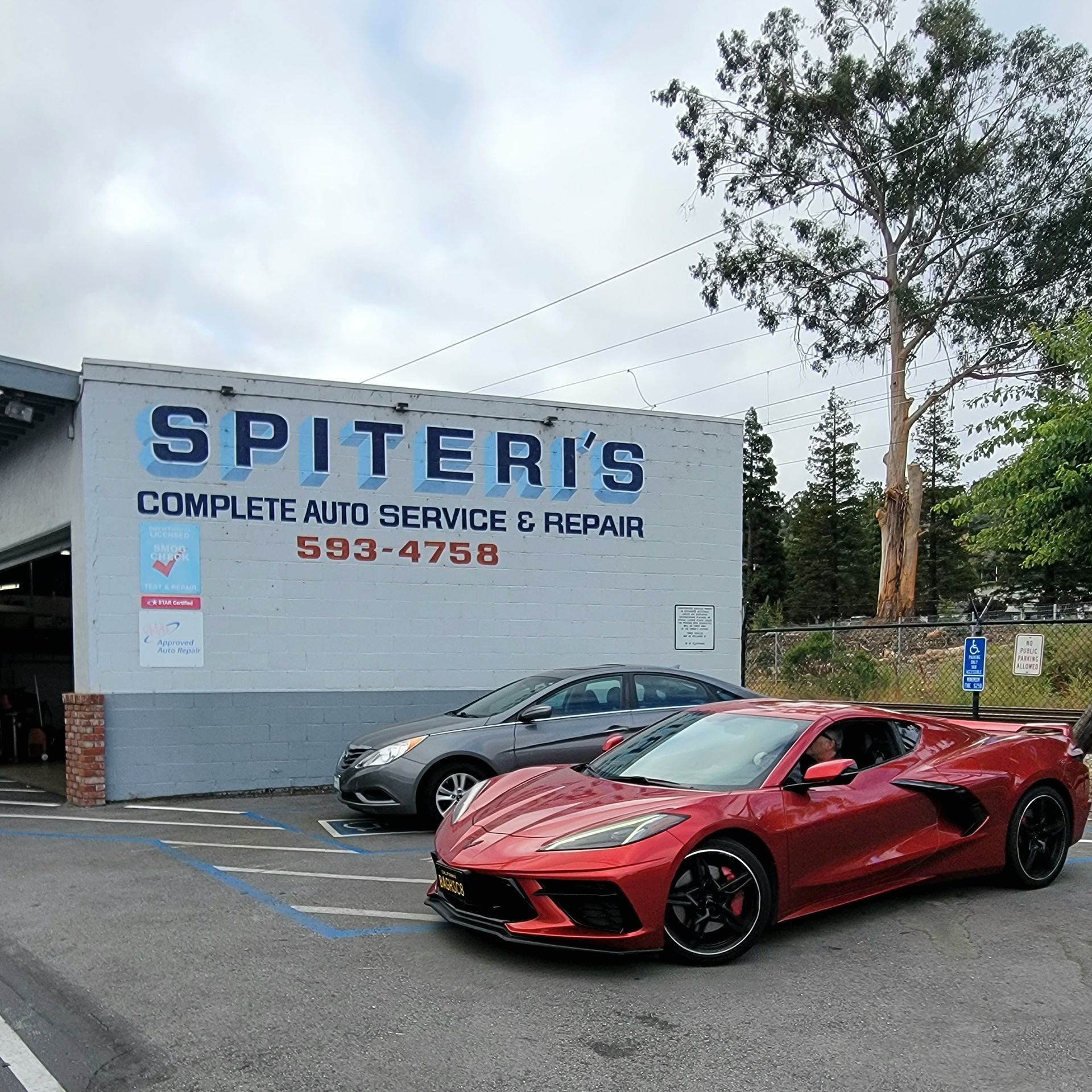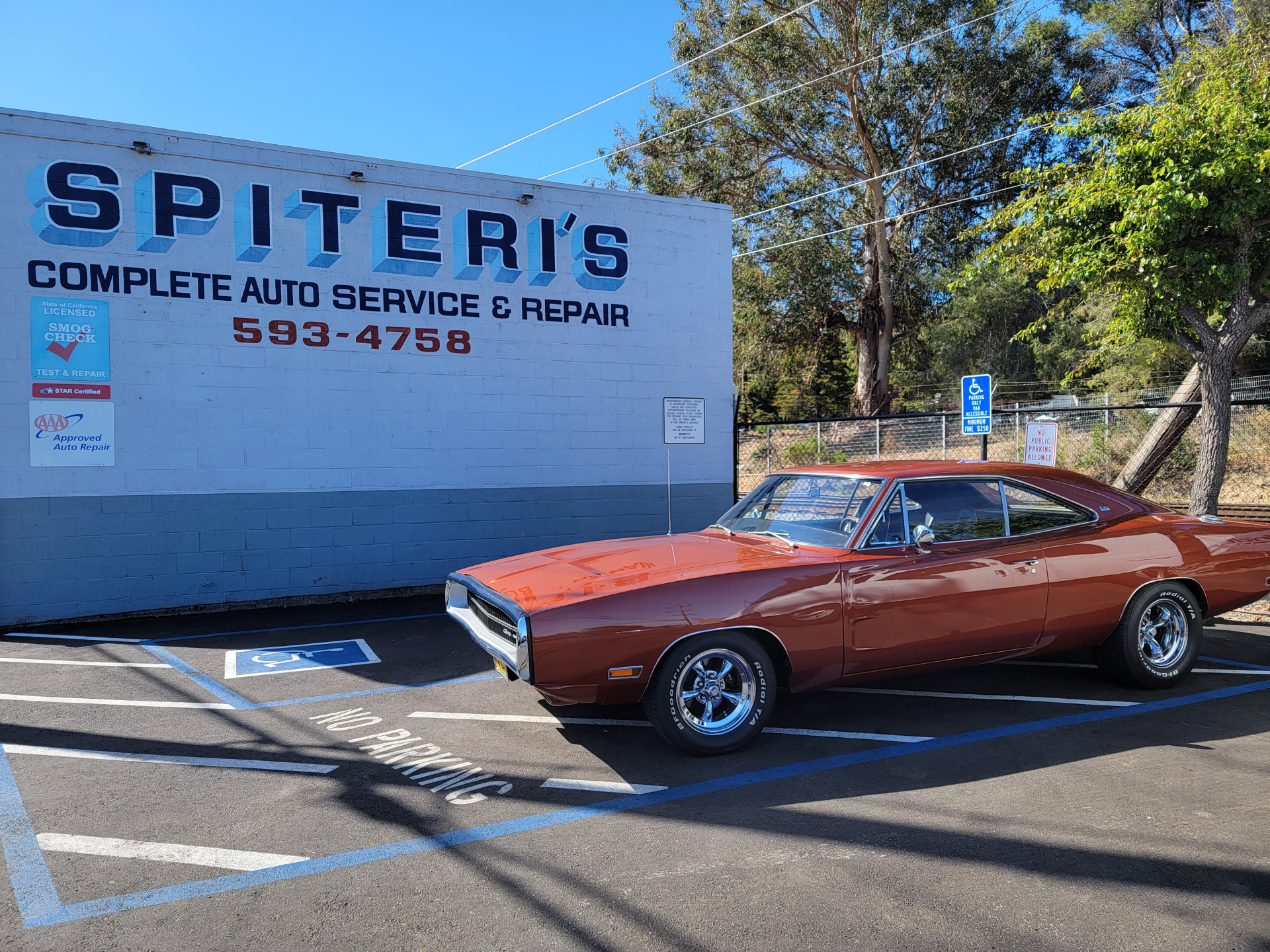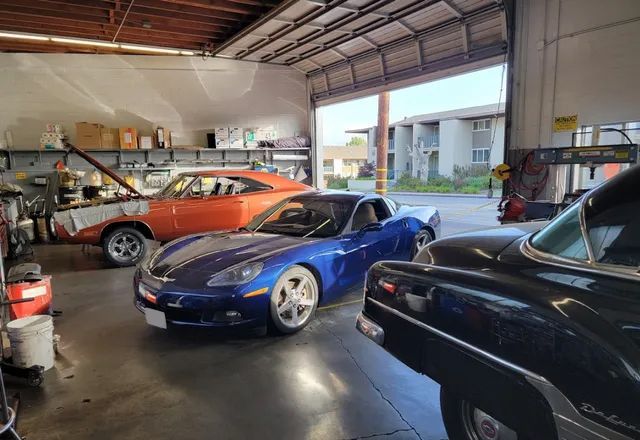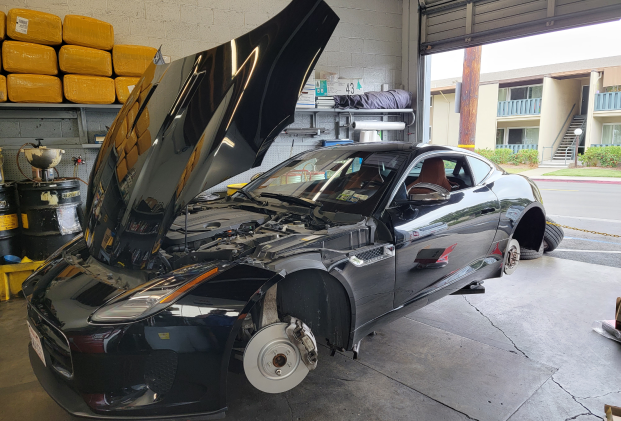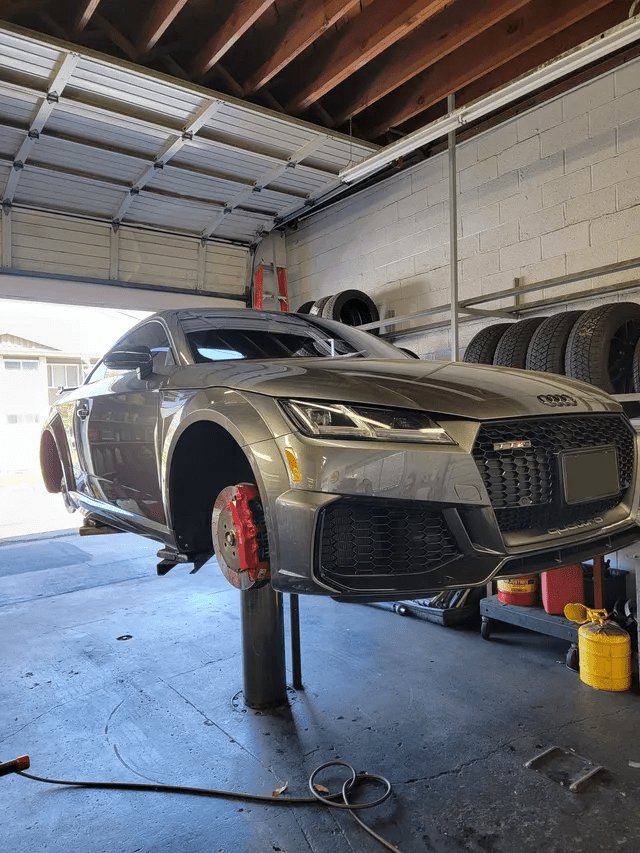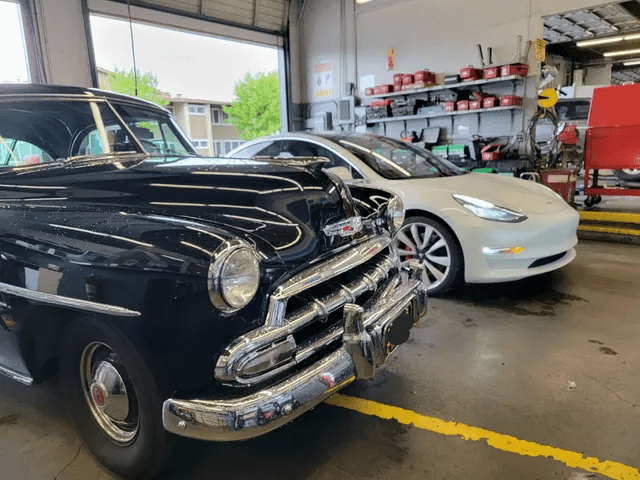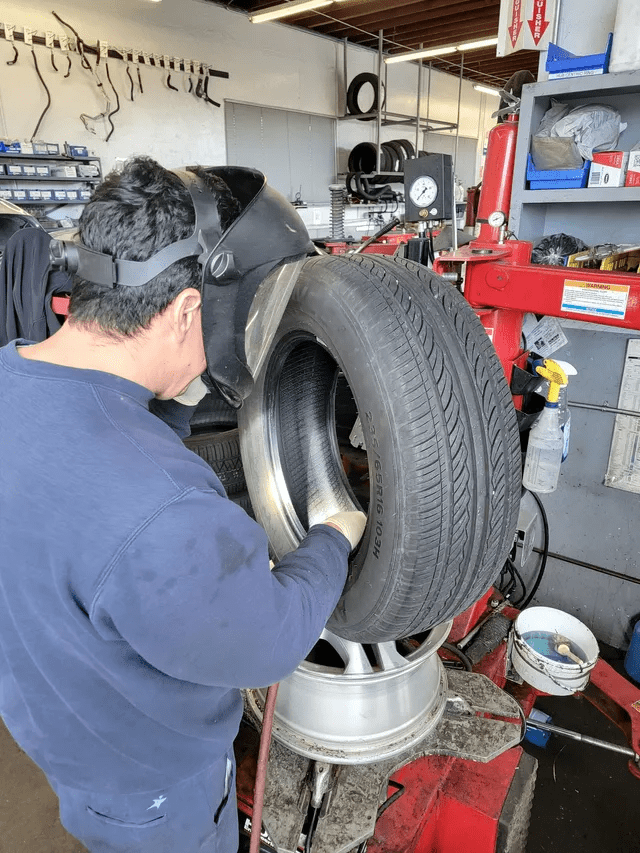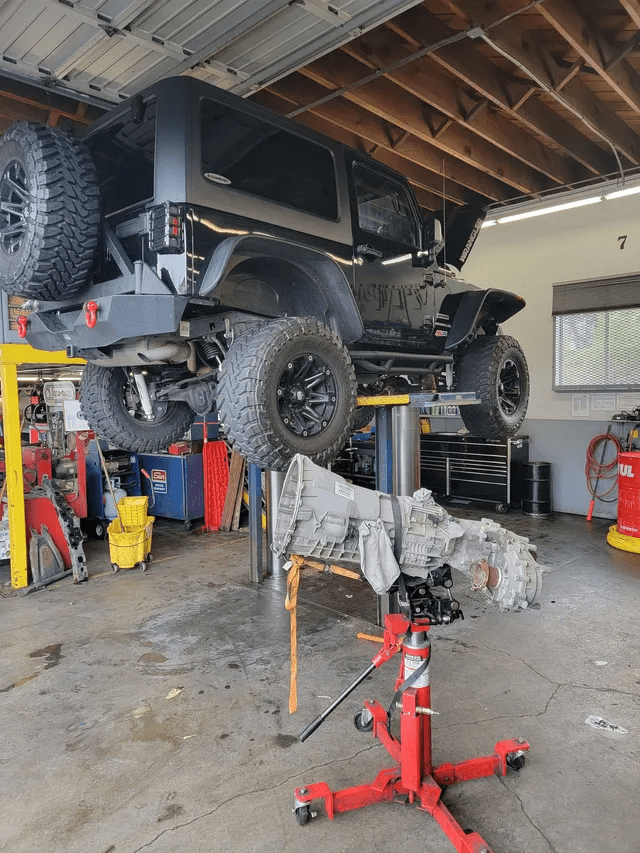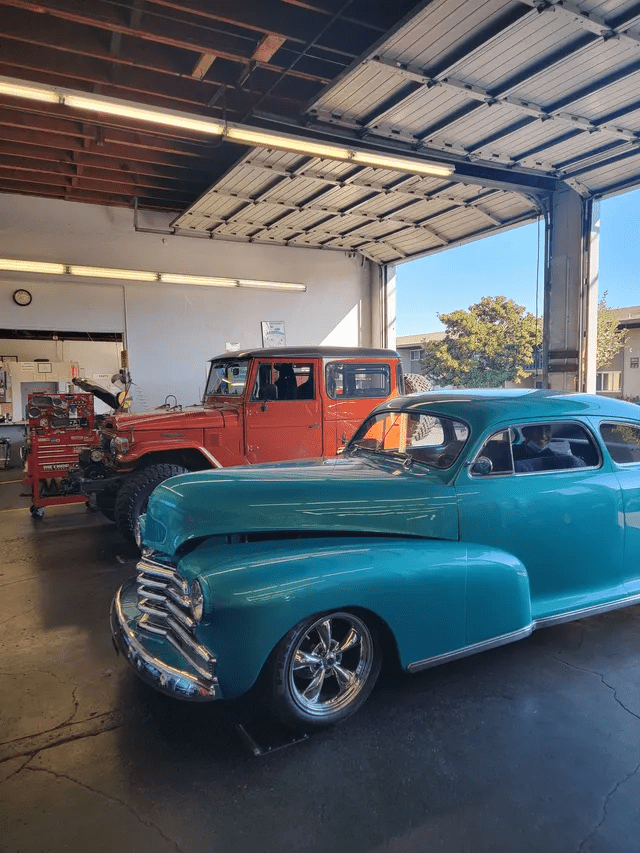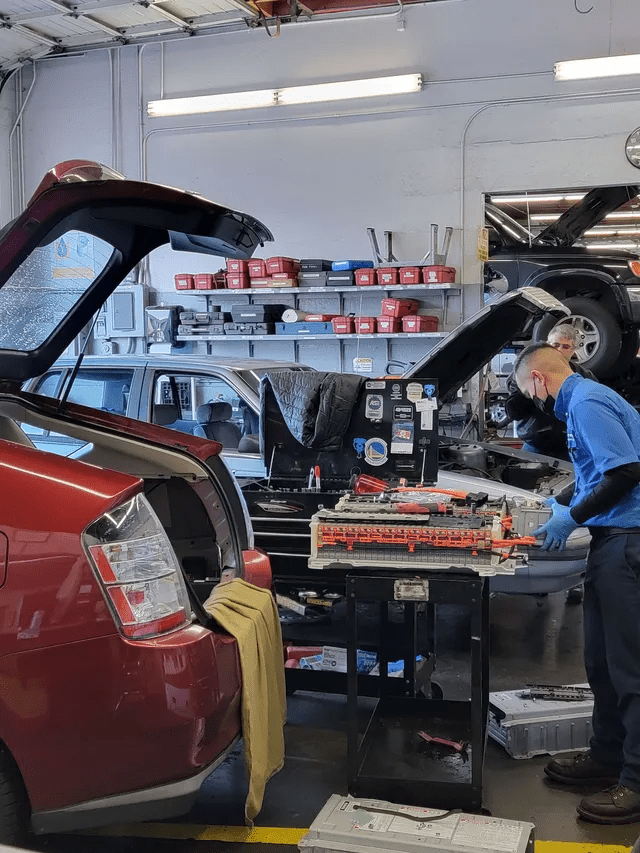5 Ways to Help Your Teen Driver Safely Navigate Heavy Traffic
5 Ways to Help Your Teen Driver Safely Navigate Heavy Traffic
Learning how to drive is an exciting event, but navigating heavy traffic for the first time can make even the bravest student drivers tense up. Between lane changes, busy intersections and traffic jams, it’s understandable why students often feel uncomfortable when starting out in more populated areas.
If you’re a parent of a teenager learning how to drive, you naturally want to help your son or daughter learn the safe driving skills necessary to confidently drive in congested streets and freeways. To help you achieve this goal, keep the following tips in mind:
Start in Areas with Lower Speed Limits and Moderate Traffic
If your teenager has mostly navigated open roads with few vehicles around, it’s probably not the best idea to send him/her onto a busy freeway during rush hour.
Gradually build your teen’s comfort and skill level by starting on streets that have moderate amounts of traffic and intermediate speed limits. You can then gradually expose him/her to areas with faster and denser traffic. This will allow your son or daughter to slowly adjust to accelerating, decelerating, and changing lanes in more bustling surroundings.
Minimize Distractions Before Hitting the Road
Minimizing distractions helps all motorists prevent hazards and collisions, but for student drivers who are still learning how to safely share congested roads, it’s even more important to avoid anything that could divert their attention from focusing on driving. Establish from the start that your teenager should avoid using his/her phone, adjusting the radio, changing the GPS, snacking on food, or attempting any grooming habits while operating a vehicle. With cars being so close to each other while operating at high speeds, drivers need to be highly alert to what’s going on around them.
Encourage Your Teen to Signal Early and Give Other Vehicles Room
In heavy traffic, it’s best to avoid making sudden, unexpected movements, but many drivers still act abruptly and fail to provide adequate notice when signaling. Teaching your budding driver to signal early in order to communicate his/her intentions to other drivers will help him/her prevent collisions as well as adopt conscientious driving habits.
On a similar note, it’s both a safety factor as well as a sign of respect to avoid tailgating the vehicle in front of you. While some state driving manuals explicitly state what the rule is, it’s generally best to allow about three seconds between you and the car you’re trailing. This provides some room between vehicles so you can safely react if the driver in front suddenly had to decelerate or stop.
Study Traffic Signs and Signals Ahead of Time
Being able to recognize and understand what traffic signs and signals mean is a fundamental part of safe driving. The more that your son or daughter can instantly comprehend what an upcoming sign means, the more he/she will experience confidence instead of confusion and panic when approaching one. It will also allow your new driver to mentally plan what action to take next without you having to first explain what to do. This helps form the ability to efficiently keep up with the flow of traffic.
Most students remember the most familiar signs with ease, but less common ones, such as upcoming lane merges or circular intersections, are a bit more difficult to keep track of.
Find a Reliable Driving School or Defensive Driving Course
Professional driving instructors can teach your teen the do’s and don’ts of driver safety in an experienced manner. They are thoroughly trained and qualified to provide guidance to new drivers, so they often know better than anyone what tactics work and which ones don’t. Because of this, it may be beneficial to enroll your teenager in a driver’s ed course where he/she can work with an expert to slowly build up the driving skills necessary to tackling congested roads.
Most driving schools also offer defensive skills classes that teach students how to best react in unexpected and emergency situations as well as how to prevent hazards before they happen. Learning to drive in a defensive manner can equip your teenager with an advanced ability to safely drive in areas with heavy, fast-moving traffic.
Closing Up
At the end of the day, getting onto a bustling freeway or a crowded intersection is always intimidating for inexperienced motorists.
If you work to help your son or daughter gradually build up his/her skills, minimize distractions behind the wheel, comprehend important traffic signs, learn courteous, safe driving habits, and obtain adequate drivers education, your new driver will be well on the way to safely cruising in barren country areas as well as jam-packed streets in the city.



